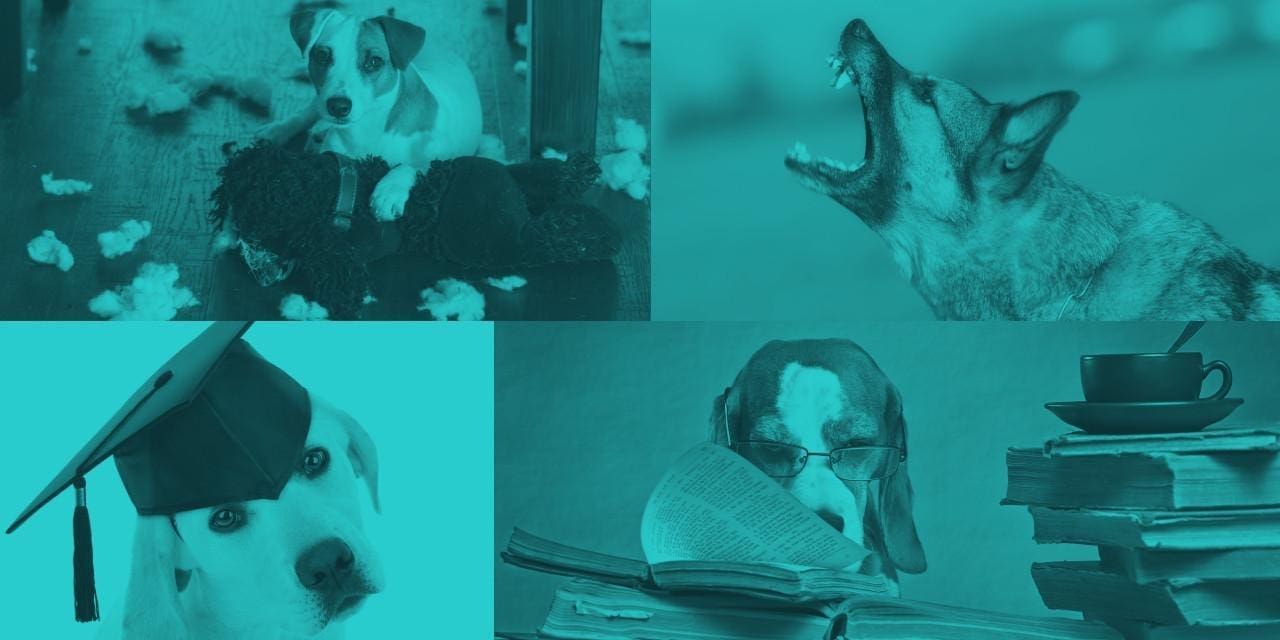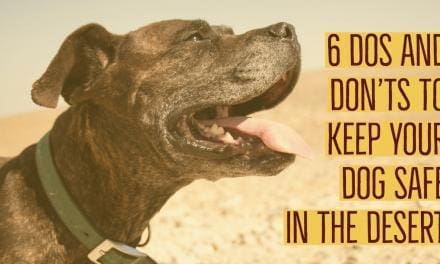Dog issues can be very frustrating. There are two reasons why problems present in dogs
- Breeding: Although controversial, a lot of problems are caused by poor breeding techniques.
- Lack of structure: This is typically why we see problem behaviors in dogs. We all want to love our pups so much so we let them get away with things and that leads to more problems down the road.
Part of fixing dog problems is understanding why they occur. Remember, even though we love our pets so much, they still need to listen and behave properly at the end of the day. Spoiling your pup is fine, but they need to work for those luxuries.
After we understand why dogs behave the way they do, we need to choose the proper equipment before training.
Equipment
Rewards:
Low-Value Treats: Their kibble: using your dog’s meal in training is incredibly valuable and often overlooked. First, it makes them work for their food and thus making YOU more valuable in their eyes. Second, they’re going to be hungrier and more willing to work.
Higher Value Treats-Hot Dog/Dried Meat: For dogs that need a little extra motivation, using a higher value treat can be very effective.
Ball/Tug: For dogs that aren’t motivated by
Treat Pouch: You should always use a treat pouch in training as it gives you quick and easy access to your treats making your timing more effective. You can also get pouches for balls or tugs to make that disbursement easier.
Leash:
Leather: Great for training, we recommend a 6ft leash with a clip at the end so that you can attach it to a collar.
Slip Leash: Made up of strong material while soft on your hands this leash is great for more sensitive dogs as well as a quick access to for a walk.
Collar:
Martingale: Great for most decently behaved dogs. Allows you to apply soft corrections.
Training Collar: This is great for more stubborn dogs. It gives you the ability to apply a stronger correction if necessary without running the risk of harming your dog.
Prong Collar: Great for rambunctious dogs that don’t listen on the above collars. If you have a very high-drive dog that is difficult for you to control, this tool gives you the ability to restore that focus back onto you. However, this does require a bit of training to use properly without harming your pup. We will use this occasionally with client approval.
E-Collar: A great way to communicate to your dog from a distance away. Contrary to some belief, this does not harm your dog in any way as long as it’s used properly. We will use this in training occasionally but only with client approval.
Harness: A harness is a very particular tool for a very particular use case. Unfortunately, it is often used improperly and is often the cause of pulling in dogs. We won’t use a harness in training as its design is for pulling type activities like strength training or working-dog activities.
Training
Okay, now that we have nailed equipment. Let’s get to training and more specifically how to correct problem issues.
We solve most dog issues in three steps. Correction, Patterning, and rewarding.
Correction:
The first step to solving any issue is correct it. However, we don’t just want to correct it as the issue is happening or when it’s already happened. We want to correct the issue BEFORE it starts or escalates. This means your timing, and recognition of the triggers needs to be on point.
What we do mean by that?
Well, let’s say your dog lunges whenever it sees another dog on a walk. Knowing
Remember: to stop unwanted behaviors you have to correct that behavior and stop it from escalating.
Remember #2: When you are anticipating the correction make sure to not get emotional. This energy transfers down the leash. Your dog will feed off that and it could trigger them even further.
Patterning:
Okay, now that we have addressed correcting your dog, now we need to look at the redirection and establishing an acceptable behavior pattern. Once you have corrected the unwanted behavior it’s almost always better to redirect your dog into positive behaviors rather than just correcting your dog over and over again.
Here’s what we mean…
Let’s say your dog chews up your house every time you’re away. Instead of correcting your dog for chewing, it’s better to
Rewarding:
Okay, we’ve corrected and redirected the unwanted behavior, and we have established a positive pattern. Now, let’s look at rewarding when your dog stops the unwanted behavior, even for a moment.
It works like this.
Let’s imagine your dog jumps up on new guests. When you go to introduce your dog to someone new, you are expecting them to jump. As they start to, you’re going to correct and redirect back into a sit. The second your dog sits you should say ”yes!” and reward. This is the final touch to creating a strong foundation and stopping an unwanted behavior. However, it can’t just be done once. Let’s say your dog goes to greet someone again, but this time doesn’t jump. Reward even more to really solidify that positive choice. Just be cautious that your reward doesn’t heighten that behavior again causing your dog to jump.
Conclusion
Obviously, this is a very brief overview of how to stop issues. This is the structure we use on a daily basis to stop unwanted behaviors in thousands of dogs each year. However, there are some nuances to really be effective.


